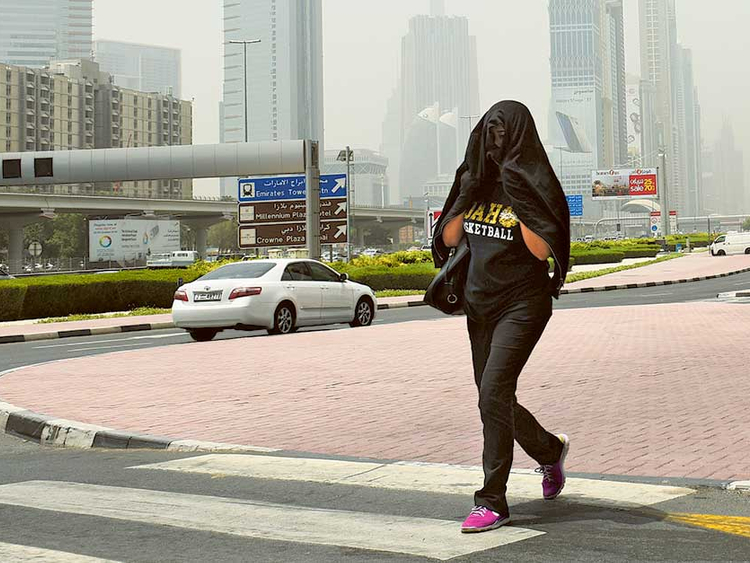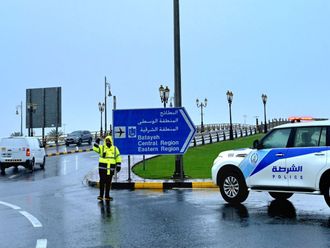Dubai: The sizzling heat wave plaguing the region may be turning most cities into virtual hot ovens, but forecasters in the UAE said temperatures in the country are still not consistently very high.
July and August are the hottest months of the year in the UAE with maximum temperatures soaring at 48 degrees Celsius, 49C, and sometimes reaching 50C.
From 2003 to 2015, the average maximum temperatures across the country for the month of July was 38.7C and while the maximum temperature was at 47.9C. For the month of August for the same period, the maximum temperature was at 48C, records from the National Centre of Meteorology and Seismology (NCMS) show.
The highest recorded temperature in July in recent years, so far, was at 52.1C in Al Jazeera Border Gate in 2002.
Despite these numbers, many residents still believe extreme weather myths in the country, which forecasters from NCMS debunked.
MYTH: It’s very hot in the UAE every day that it reaches 50C during the months of July to August.
TRUTH: Temperatures in the UAE do not reach 50C every day, forecasters said. It might reach 50C in one or two stations but this happens only once in a while. Most days are usually below 50C.
Whatever the maximum recording is, be it 48C or 50C, this lasts only for a short period of about 15 minutes from 2pm to 4pm.
MYTH: It’s so hot in the UAE that it could reach 50C across the country.
TRUTH: The highest temperatures are usually recorded only in the internal and southern regions — in the predominantly sandy desert regions of the UAE that are largely unpopulated. The “deep south”, as forecasters call it, records the highest temperatures because it is open and is away from the coast. The south-easterly wind also plays a role as it carries the hot air mass from the Empty Quarters or the Rub Al Khali desert to the southern part of the country.
MYTH: Sandstorms and dust storms always happen in July to August, giving a generally hazy and dusty weather condition.
TRUTH: Hazy conditions can happen due to blown dust during summer and even during transition periods. The wind is the main reason for the haziness or dustiness. Usually wind speeds increase if there are any cloud activity, especially for convective cloud formation over the southern or the eastern side of the UAE.












